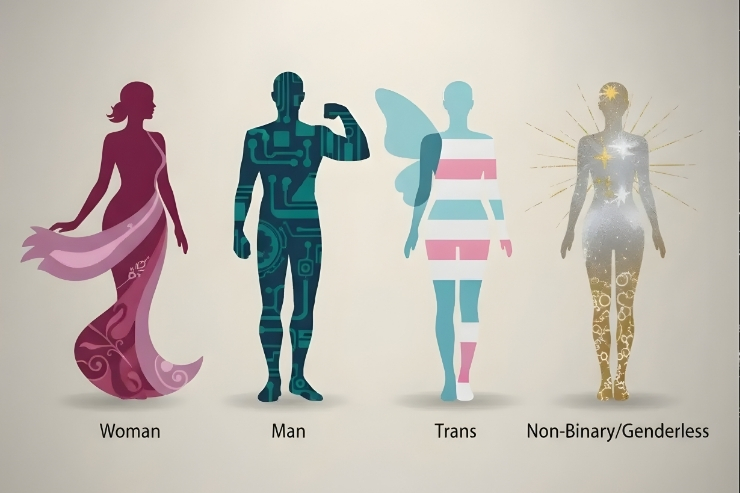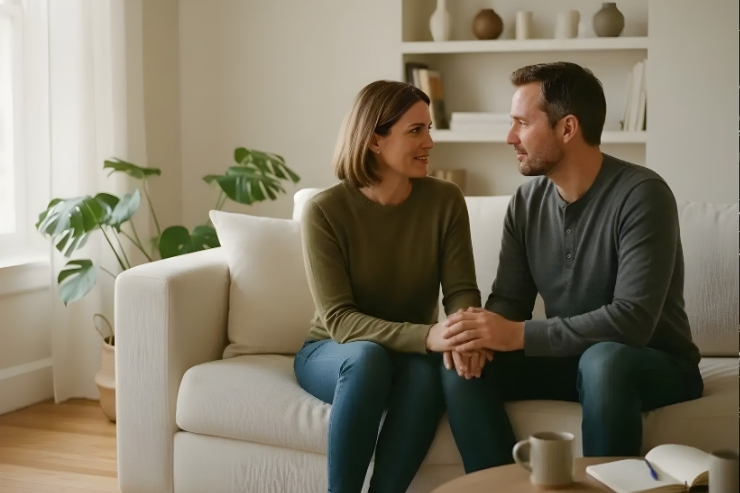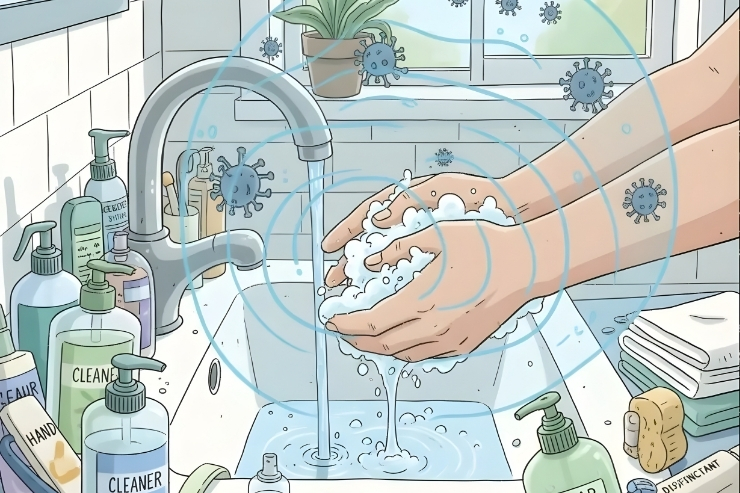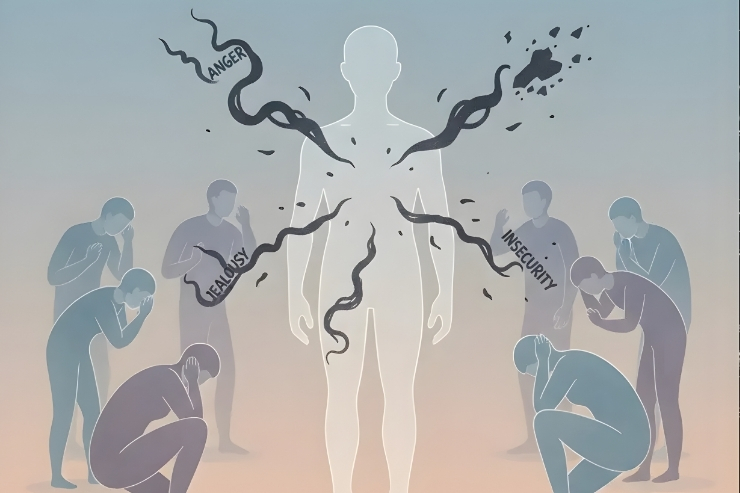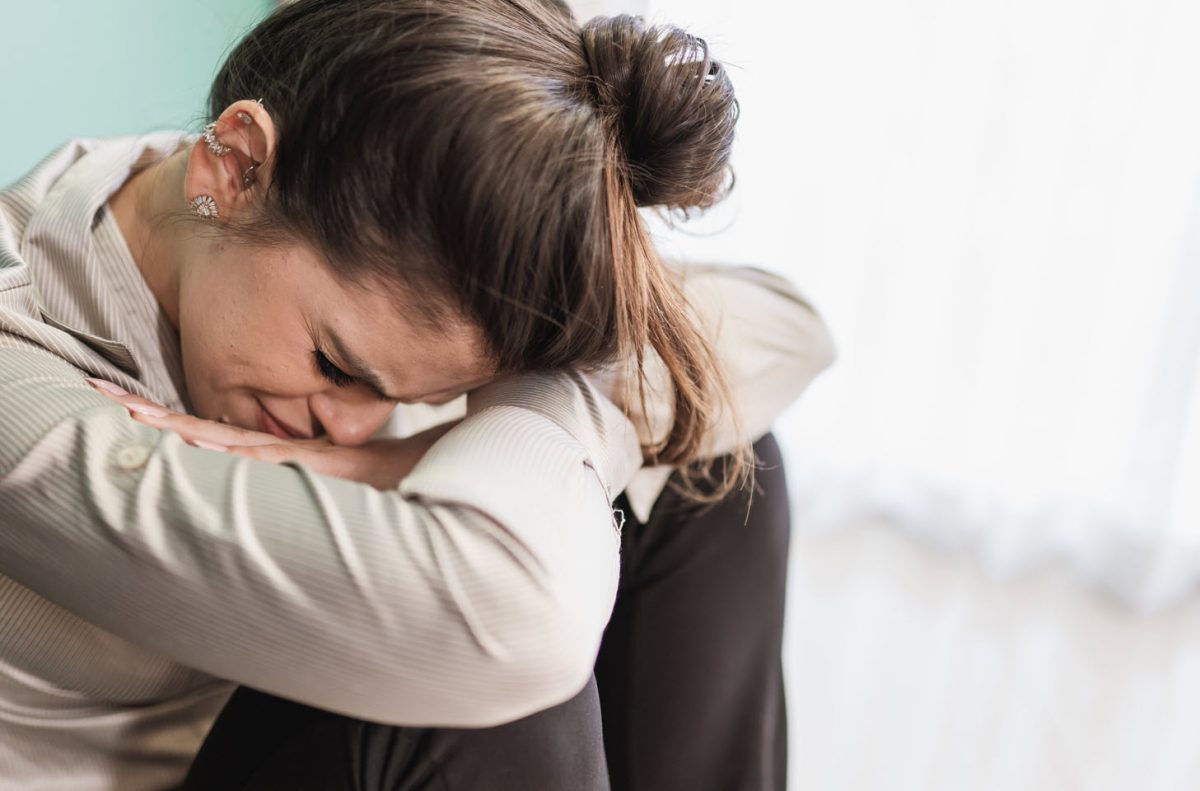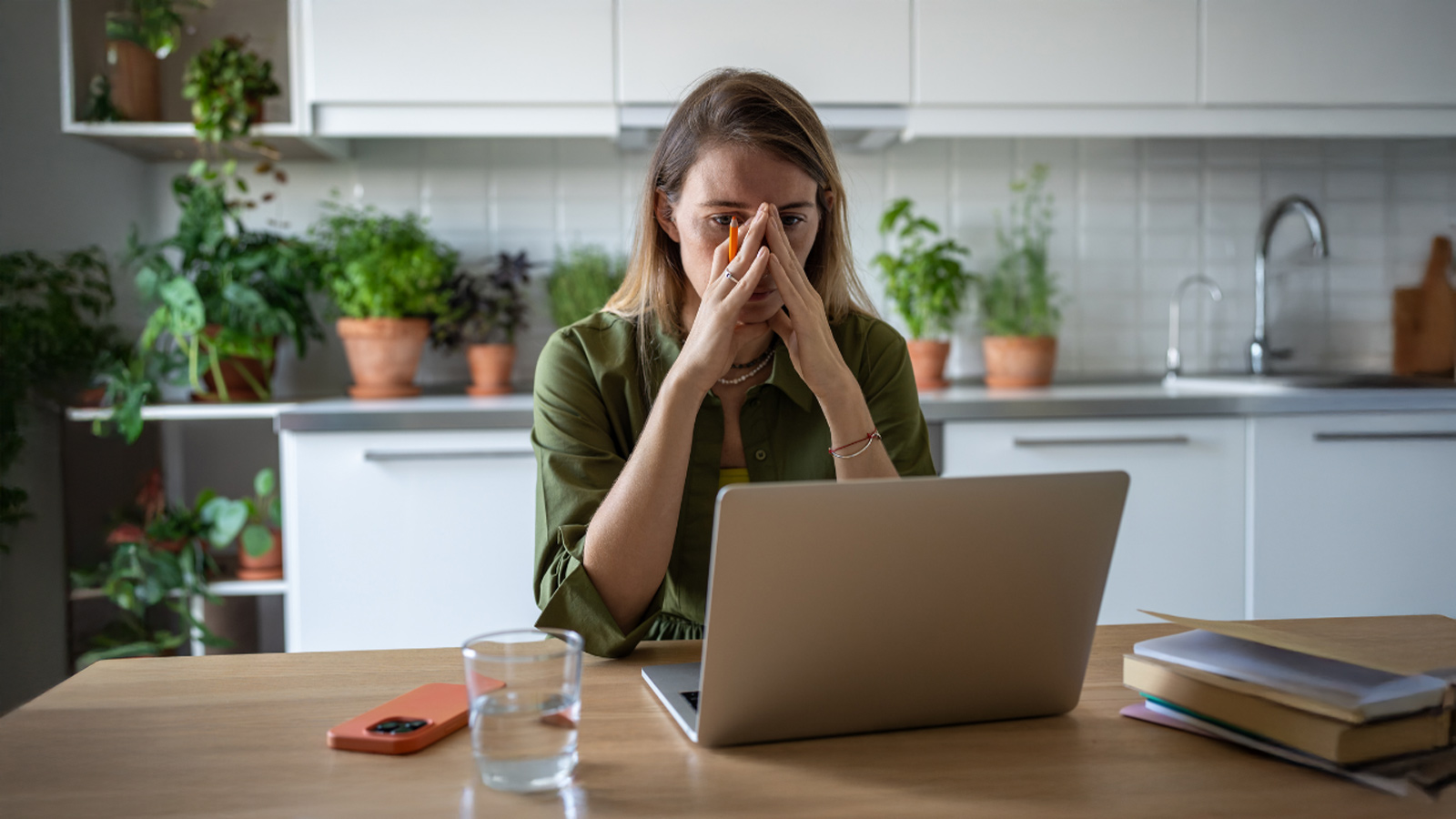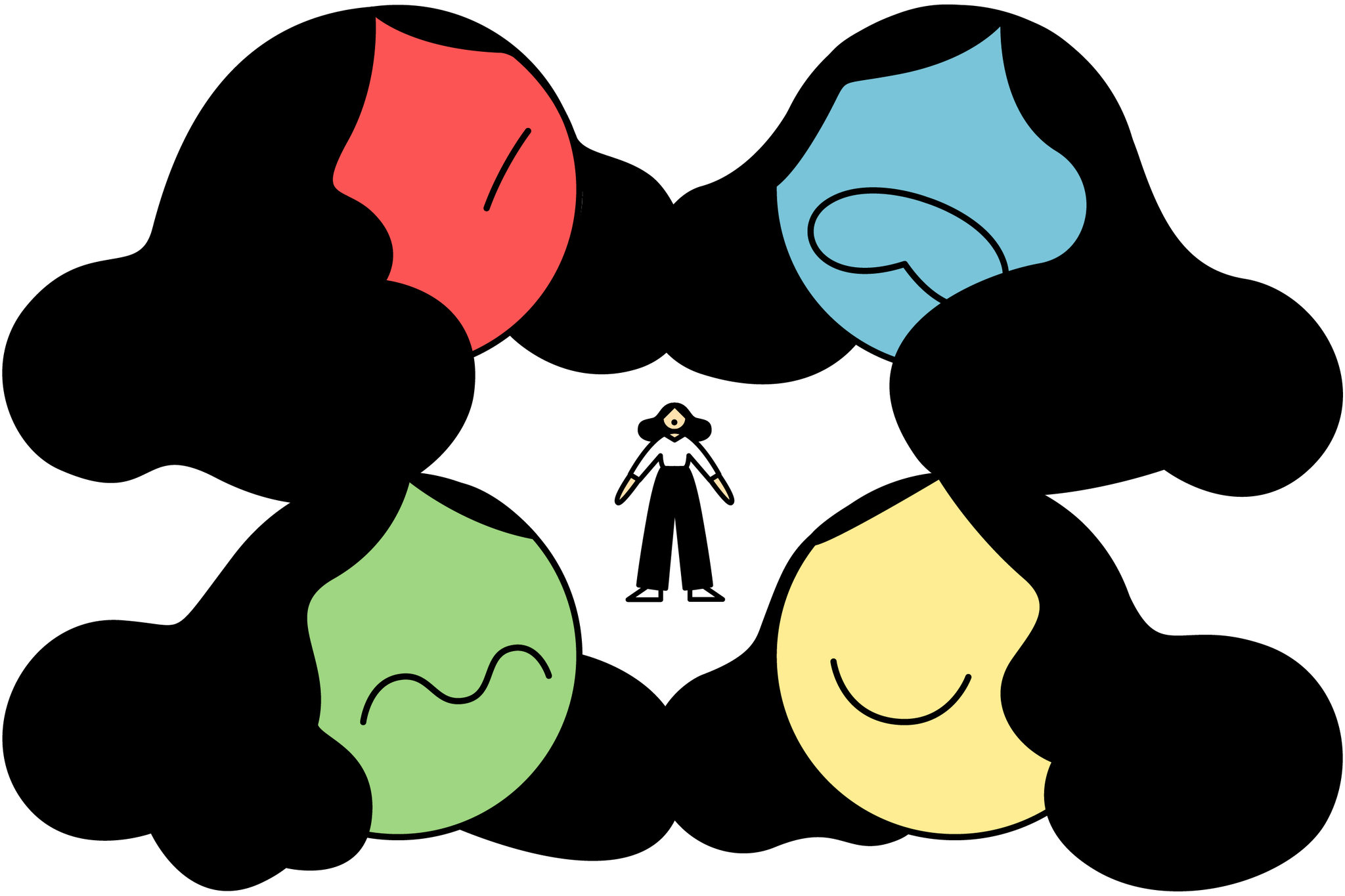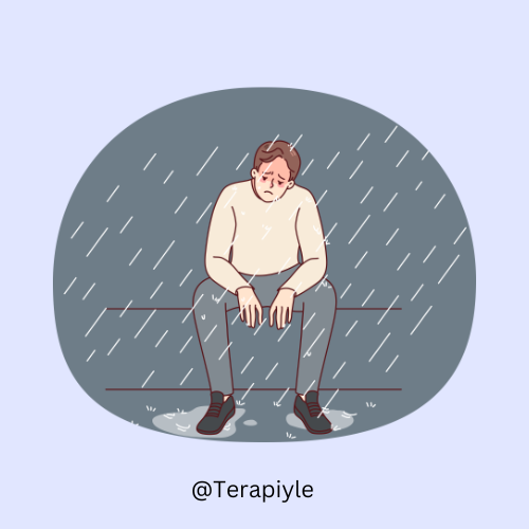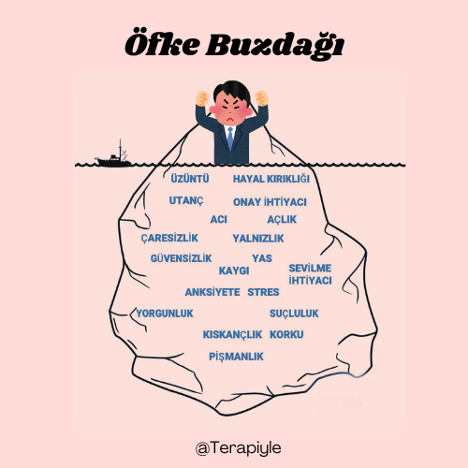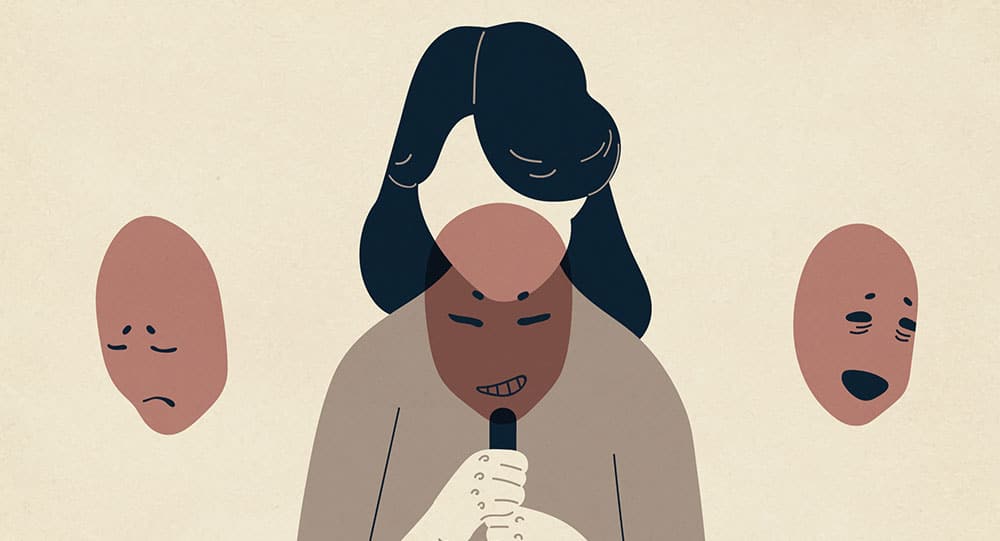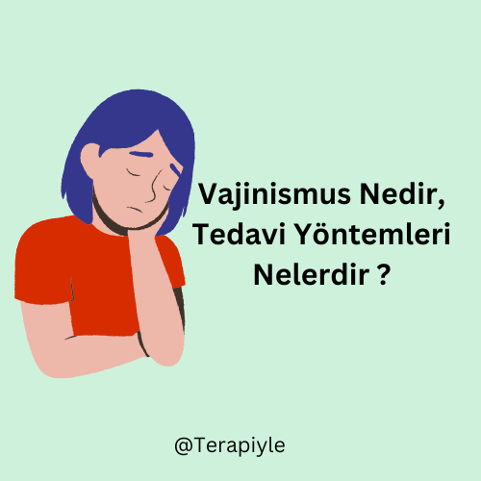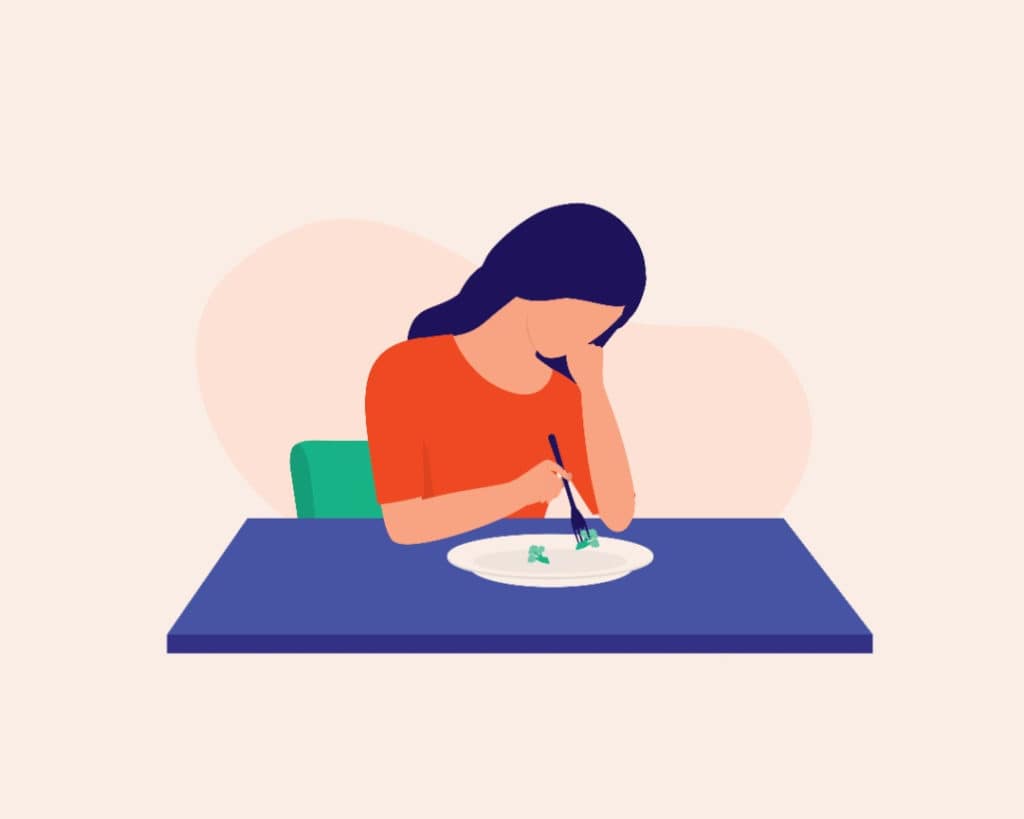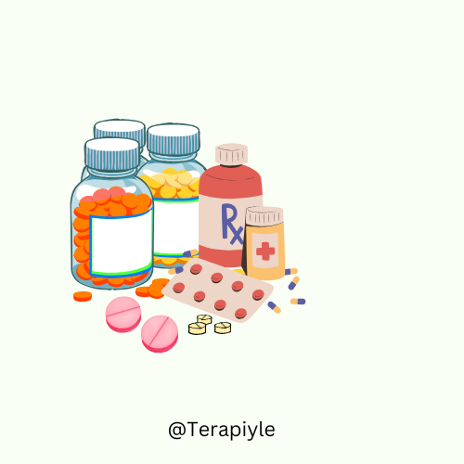Sudden intense fear, heart palpitations, shortness of breath, and fear of dying... For someone experiencing a panic attack, this can be a deeply distressing episode. Often confused with a heart attack or the feeling of dying, a panic attack is actually the body going into a state of heightened alarm. So, what should you do in these moments, and how can it be controlled?
In this article, we explore effective techniques that can be applied during a panic attack and ways to cope with this condition.
What is a Panic Attack?
A panic attack is a sudden and intense anxiety episode. It typically peaks within a few minutes and subsides on its own within 10 to 30 minutes. During the attack, the person feels as though there is a serious danger, even though no real threat is present.
Common symptoms of a panic attack include:
- Heart palpitations or chest tightness
- Shortness of breath
- Sweating and trembling
- Dizziness
- Numbness in the hands
- A sense of unreality (derealization)
- Fear of dying or losing control
What to Do During a Panic Attack?
Some techniques that help calm the mind and body can make it easier to get through a panic attack. Here are some effective strategies:
1. Acknowledge the Situation
Accept that you are experiencing a panic attack. Use internal phrases like, “I’m having a panic attack right now, this is not a heart attack. It’s a temporary situation.” Recognizing it as a panic attack rather than fighting it can reduce anxiety.
2. Regulate Your Breathing
One of the most common issues during a panic attack is rapid breathing. You can use breathing exercises to balance this.
Try this:
- Inhale through your nose for 4 seconds
- Hold your breath for 4 seconds
- Exhale through your mouth for 6 seconds
- Repeat this cycle for 1-2 minutes
Slowing down your breath also helps regulate your heart rate, allowing your body to relax.
3. Focus on the Ground and Your Body (Grounding Technique)
Direct your attention to your body and surroundings. Feel your feet on the floor, your hands on your knees. Describe objects around you:
- See 5 things
- Touch 4 things
- Hear 3 sounds
- Smell 2 scents
- Taste 1 thing
This technique helps shift your brain out of "threat mode."
4. Use Reassuring Statements
Repeat these calming affirmations to yourself:
- “This has happened before and it passed.”
- “I am safe right now.”
- “I’m breathing. This is temporary.”
Such affirmations can help soothe your panic mode.
5. Change Your Environment
If possible, change your surroundings. Going outside, opening a window, or moving to another room can help distract your mind and ease the symptoms.
What Not to Do During a Panic Attack
- Don’t blame yourself. Self-criticism like “Why is this happening again?” only increases anxiety.
- Don’t assume you can’t cope without medication. Supportive techniques can be effective.
- Don’t hide it. If you’re with someone you trust, let them know what you’re going through.
Do Panic Attacks Recur?
If panic attacks start happening frequently and begin to interfere with your daily life, this may be a sign of a “panic disorder.” In such cases, it’s important to seek professional support.
Is Panic Attack Treatable?
Yes. Panic disorder is highly treatable through psychotherapy and, if needed, medication. Cognitive Behavioral Therapy (CBT) is especially effective in managing and reducing panic attacks.
In Conclusion
Panic attacks are distressing but not dangerous. With simple techniques, they can be managed in the moment. If panic attacks are affecting your quality of life, working with a psychologist can provide a long-term solution.







































































